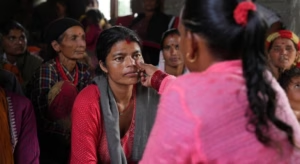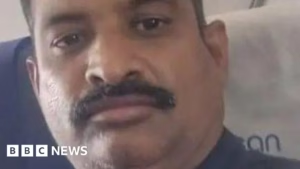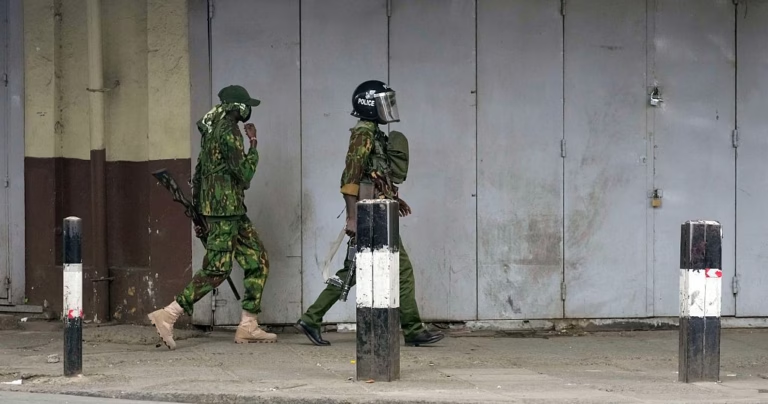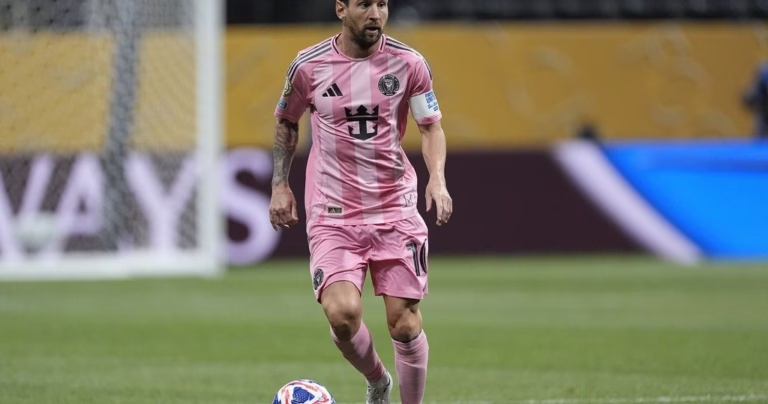
The Victoria and Alfred Waterfront, located in Cape Town, is a bustling working harbour that is home to approximately 800 businesses including shops and restaurants.
Each year, an impressive 25 million visitors come to this popular tourist destination, as reported by the V&A Waterfront.
In addition to offering shopping, commerce, sailing, shipping, and residential facilities, the V&A Waterfront also serves as a haven for marine and other wildlife that call the harbour home.
Ayanda Cimani and Alvero Malan are two of the V&A Waterfront’s three Harbour Monitors.
Their key responsibility is preventing conflicts between humans and wildlife, such as guiding Cape Fur Seals away from the jetties used by people.
They also conduct checks on boats and yachts for seals that may have taken up residence.
The Harbour Monitors ensure that the public maintains a safe distance from wild animals.
Cape Fur Seals at the harbour are provided with two dedicated seal platforms for their use, which Harbour Monitor Ayanda Cimani checks on a daily basis.
“Every morning I visit the seal platforms to count the number of seals present and look for any injured seals. I also check if there are any seals entangled in fishing line, rope, or plastic,” explains Cimani.
If a seal is trapped in plastic waste, the Harbour Monitors use a special tool to remove the plastic without being seen, as it can cause the animal to suffocate as it grows.
Entanglements can ultimately lead to a slow and painful death, according to the monitors.
Martine Viljoen works for the Marine Wildlife Management Programme at the V&A Waterfront’s Two Oceans Aquarium and oversees the Harbour Monitors. Since the initiative began in 2018, the monitors have successfully removed over 500 entanglements from Cape Fur Seals.
“The seals act as messengers from the ocean. They bring back insights into what’s happening out there by getting entangled in plastic loops,” explains Viljoen.
In addition to Cape Fur Seals, the V&A Waterfront is also home to Cape Clawless Otters.
Harbour Monitor Abdullah Abrahams has dedicated the last three years to monitoring these otters.
Abrahams notes that during the COVID-19 lockdowns, otters discovered they could freely roam the V&A Waterfront.
While otters hunt and feed in seawater, they require access to freshwater daily for drinking and cleaning. As a result, hotel swimming pools are now more secure, but otters continue to explore their surroundings.
Along with regular sightings, Abrahams also checks on hidden cameras in the otters’ dens to ensure their well-being.
According to Donald Kau of the Waterfront, the establishment of the V&A Waterfront in 1990 aimed to provide people with access to the water and allow them to observe the local wildlife.
Each year, an impressive 25 million visitors come to this popular tourist destination, as reported by the V&A Waterfront.
In addition to offering shopping, commerce, sailing, shipping, and residential facilities, the V&A Waterfront also serves as a haven for marine and other wildlife that call the harbour home.
Ayanda Cimani and Alvero Malan are two of the V&A Waterfront’s three Harbour Monitors.
Their key responsibility is preventing conflicts between humans and wildlife, such as guiding Cape Fur Seals away from the jetties used by people.
They also conduct checks on boats and yachts for seals that may have taken up residence.
The Harbour Monitors ensure that the public maintains a safe distance from wild animals.
Cape Fur Seals at the harbour are provided with two dedicated seal platforms for their use, which Harbour Monitor Ayanda Cimani checks on a daily basis.
“Every morning I visit the seal platforms to count the number of seals present and look for any injured seals. I also check if there are any seals entangled in fishing line, rope, or plastic,” explains Cimani.
If a seal is trapped in plastic waste, the Harbour Monitors use a special tool to remove the plastic without being seen, as it can cause the animal to suffocate as it grows.
Entanglements can ultimately lead to a slow and painful death, according to the monitors.
Martine Viljoen works for the Marine Wildlife Management Programme at the V&A Waterfront’s Two Oceans Aquarium and oversees the Harbour Monitors. Since the initiative began in 2018, the monitors have successfully removed over 500 entanglements from Cape Fur Seals.
“The seals act as messengers from the ocean. They bring back insights into what’s happening out there by getting entangled in plastic loops,” explains Viljoen.
In addition to Cape Fur Seals, the V&A Waterfront is also home to Cape Clawless Otters.
Harbour Monitor Abdullah Abrahams has dedicated the last three years to monitoring these otters.
Abrahams notes that during the COVID-19 lockdowns, otters discovered they could freely roam the V&A Waterfront.
While otters hunt and feed in seawater, they require access to freshwater daily for drinking and cleaning. As a result, hotel swimming pools are now more secure, but otters continue to explore their surroundings.
Along with regular sightings, Abrahams also checks on hidden cameras in the otters’ dens to ensure their well-being.
According to Donald Kau of the Waterfront, the establishment of the V&A Waterfront in 1990 aimed to provide people with access to the water and allow them to observe the local wildlife.







